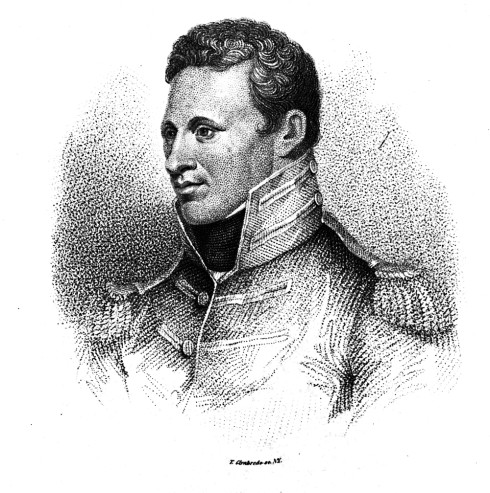By Jolie Anderson Gallagher
Editor’s note: The following excerpt is the first chapter from a new book: Colorado Forts, published by The History Press, Charleston, SC, ISBN #978.1.60949.660.9.
Contested Borders (1806–1822)
At the turn of the nineteenth century, the fledgling United States hungered for new territory. To the west of the Mississippi lay uncharted and unpopulated terrain of striking contrasts: towering mountain ranges, expansive plains and verdant valleys. Yet that wide swath of land was alternately claimed by the British, Spanish and French. In a political topography defined by competing interests and contested borders, European nations stood in the way of America’s desire to extend its influence across the continent.
Americans eyed the Louisiana Territory, 828,000 square miles stretching from the port of New Orleans up through the Mississippi basin, to the eastern edge of the Rocky Mountains. Spain had claimed that land in 1800 but had agreed to transfer portions to France in a treaty. Their negotiations dragged on for years, and before the two nations could settle the details, an impatient Napoleon Bonaparte slapped a For Sale sign on the territory. Desperate for cash, Napoleon offered it to the United States for a bargain: a mere $15 million (three cents an acre). President Thomas Jefferson readily accepted Napoleon’s offer, effectively doubling the size of the country. In the process, he made an enemy of Spain.

